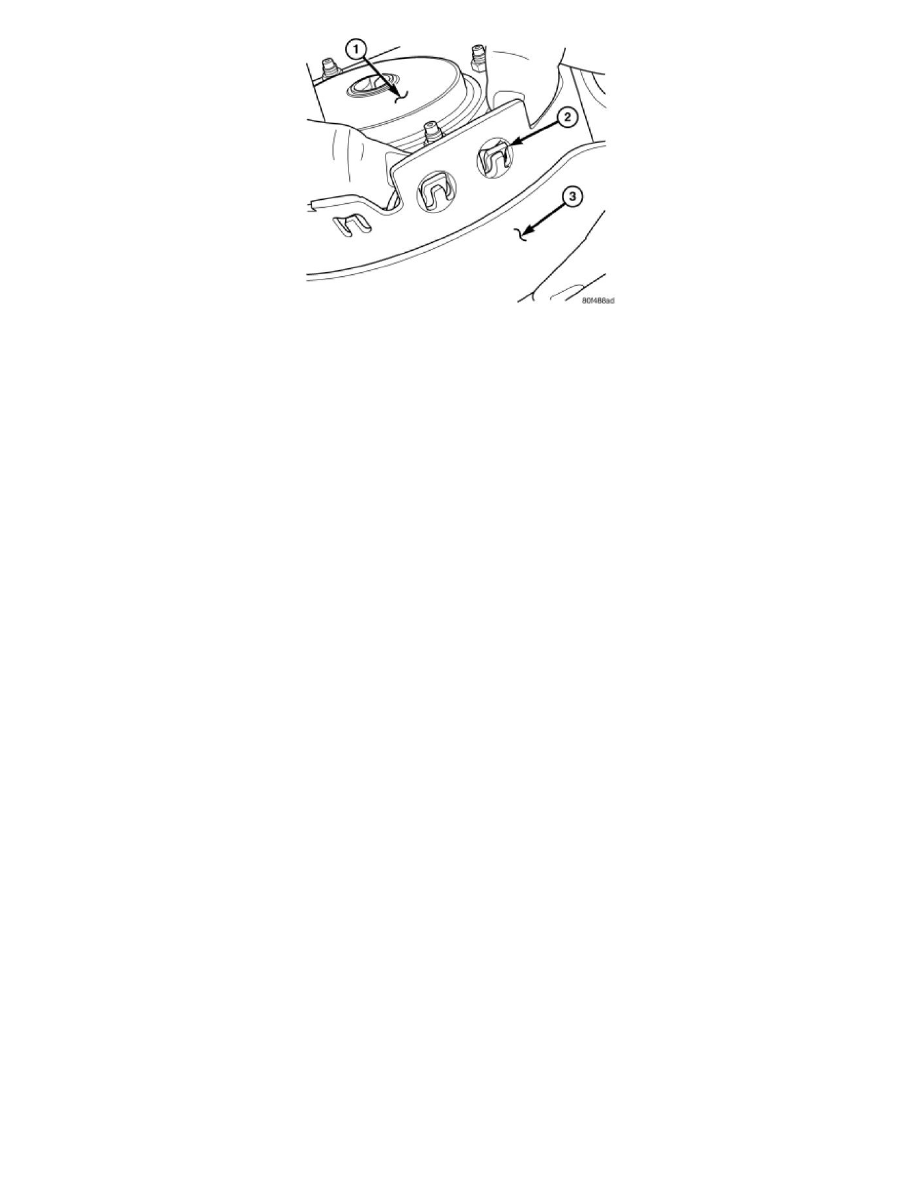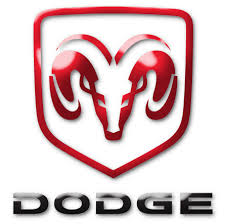Charger V6-2.7L VIN T (2007)

The vertical walls of this trim cover have small windows with blocking tabs that are engaged by hook formations around the perimeter of the airbag
housing. Each hook is inserted through one of the windows and the blocking tab in each window keeps the hook properly engaged with the trim cover,
locking the trim cover securely into place on the airbag housing.
The resistive membrane-type horn switch is secured with heat stakes to the inside surface of the driver airbag trim cover, between the trim cover and the
folded airbag cushion.
Operation
OPERATION
The multistage driver airbag is deployed by electrical signals generated by the Occupant Restraint Controller (ORC) through the driver airbag squib 1
and squib 2 circuits to the two initiators in the airbag inflator. By using two initiators, the airbag can be deployed at multiple levels of force. The force
level is controlled by the ORC to suit the monitored impact conditions by providing one of three delay intervals between the electrical signals provided
to the two initiators. The longer the delay between these signals, the less forcefully the airbag will deploy.
When the ORC sends the proper electrical signals to each initiator, the electrical energy generates enough heat to initiate a small pyrotechnic charge
which, in turn ignites chemical pellets within the inflator. Once ignited, these chemical pellets burn rapidly and produce a large quantity of inert gas. The
inflator is sealed to the back of the airbag housing and a diffuser in the inflator directs all of the inert gas into the airbag cushion, causing the cushion to
inflate. As the cushion inflates, the driver airbag trim cover will split at predetermined breakout lines, then fold back out of the way along with the horn
switch unit. Following an airbag deployment, the airbag cushion quickly deflates by venting the inert gas towards the instrument panel through vent holes
within the fabric used to construct the back (steering wheel side) panel of the airbag cushion.
Some of the chemicals used to create the inert gas may be considered hazardous while in their solid state before they are burned, but they are securely
sealed within the airbag inflator. Typically, both initiators are used and all potentially hazardous chemicals are burned during an airbag deployment
event.
The inert gas that is produced when the chemicals are burned is harmless. However, a small amount of residue from the burned chemicals may cause
some temporary discomfort if it contacts the skin, eyes, or breathing passages. If skin or eye irritation is noted, rinse the affected area with plenty of cool,
clean water. If breathing passages are irritated, move to another area where there is plenty of clean, fresh air to breath. If the irritation is not alleviated by
these actions, contact a physician.
